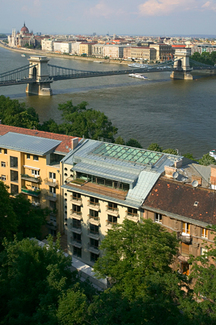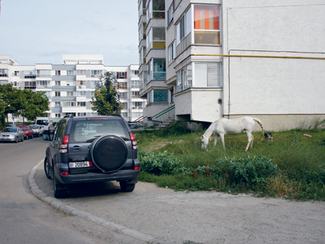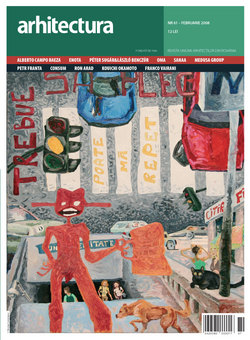- editorial: the new “rich” poverty / constantin goagea
- public
:alberto campo baeza. ponzano children school and nursery, ponzano veneto, italy/ alberto campo baeza - neighbours. dossier: enota
:sotelia hotel / enota
:jurckova / enota
:termalija / irina rotaru
:beli kriz / irina rotaru
:viktorija villa / irina rotaru
:ribenska II / irina rotaru
:mobitel / irina rotaru
zeppelin magazine | no #61
In 2005, Mircea Cartarescu wrote beautifully and sadly: “a strictly personal drama: they’ve pulled down my mill! Who did it? No idea. What mill? My mill, “Dambovita” mill behind the block on Stefan cel Mare [Boulevard] where I lived for 25 years and where my folks still live. The mill in “Nostalgia” and “Orbitor”, the mill at whose shadow Mendebil would tell his fantastic stories. The mill which dominates my dreams, as huge as all mausoleums and docks of the world would have been placed together. The construction with a most impressive industrial architecture in the world.
Some decades ago any attempt at visiting Almere would have ended up in a fiasco. This is so because the Mecca of architecture, where architects rush to see the first SANAA building in the Netherlands or “the last Christian de Portzamparc” was just an expanse of water, fishermen, and fishing facilities. According to statistics, Almere is the eighth city in the Netherlands in matters of population.
As part of Flevoland province, Almere emerged after the terrain was reclaimed, which happened in early 1968. One of the goals of the new settlement was to create a new urban centre by designing residential areas to release the pressure on Amsterdam and Utrecht, located quite close to it.
I have been more and more certain lately that that kind of progress able to bestow identity on our local architecture should be sought for in experiments. In contrast to regional or magazine-based opinions mainly defined by relations to form and materials, experimental architecture seems to be the real intellectual innovation and fit to be shown abroad; moreover, its chances rely on middle and long-term tendencies to be built in Hungary. Though it is a long-term process and its success is not necessarily spectacular, we should not fail to emphasize it.
I’m reading an article written by Roberto Segre about the architecture intended for the working class, an architecture that has changed the landscape of the towns only in the twentieth century. Until then, poverty did not have such a great influence on the configuration of urbanity. The article argues and offers the examples of the blocks of flats, which have been developed either by the State, or by private contractors, after the Bauhaus period. The article equals the presence of this type of architecture with poverty. But I envisage this concept in relation to a certain political, economic and cultural context, such as the communist period. The ideologically masked poverty, hidden behind the make-up of the communist egalitarianism, has many angles and aspects that have not been clarified yet.


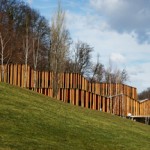
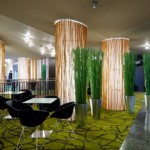
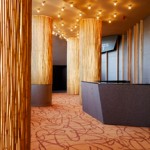
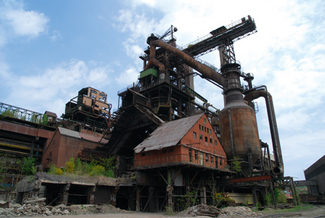
.jpg)
